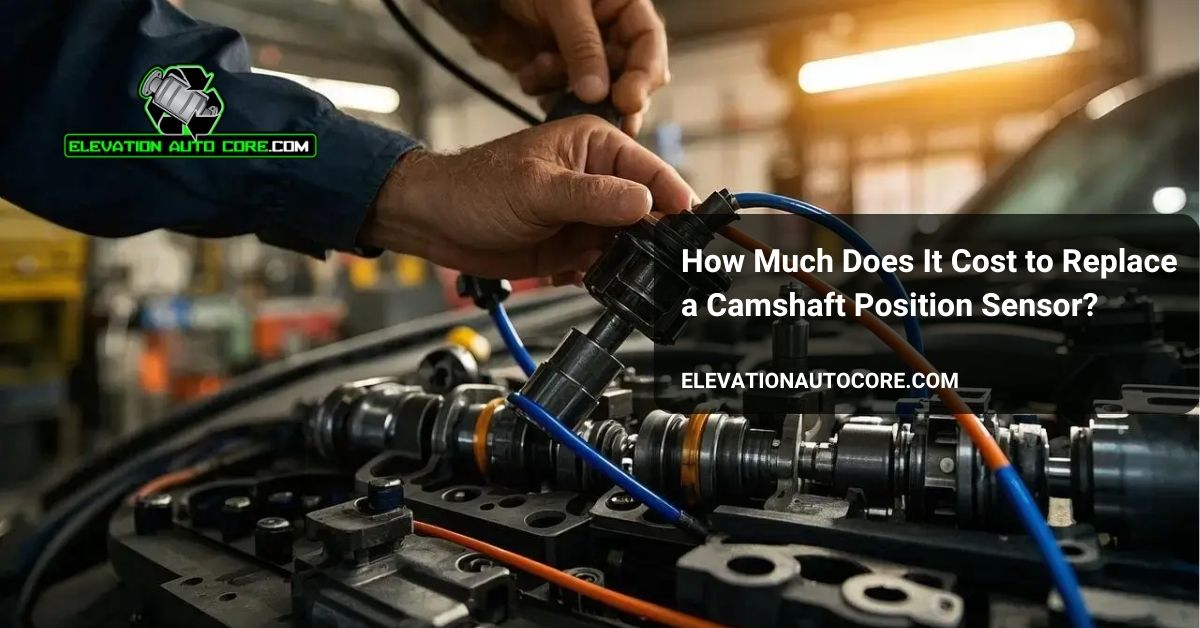How much does it cost to replace a camshaft position sensor? If your engine’s performance has been acting up, this small yet crucial component might be the culprit. Understanding the potential costs and factors involved can save you from overspending and keep your car running smoothly. Keep reading to find out what to expect.
What Is A Camshaft Position Sensor?
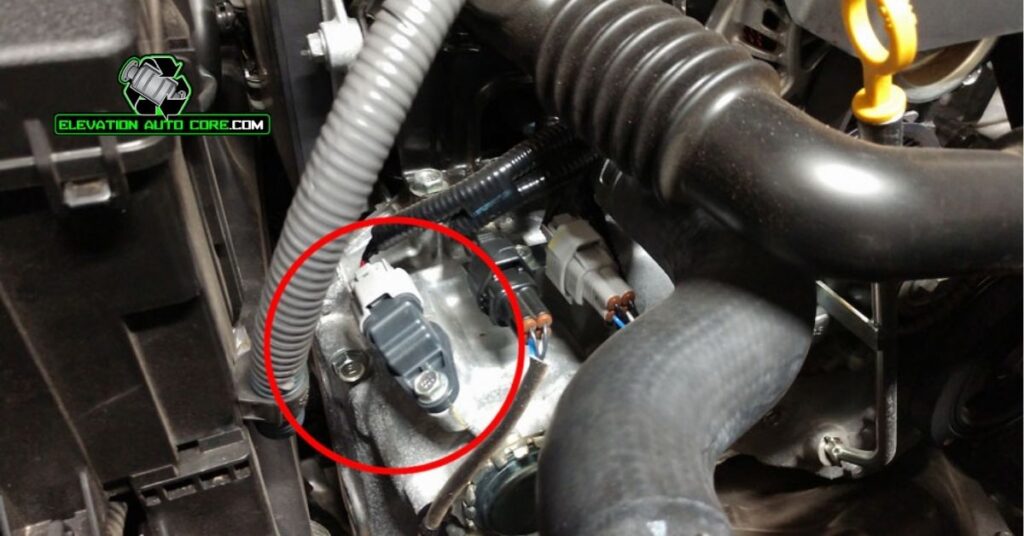
A camshaft position sensor monitors the camshaft’s position and relays data to your vehicle’s engine control module (ECM). Accurate signals ensure optimal timing for fuel injection and ignition.
Purpose And Function
This sensor measures the rotation of the camshaft to determine valve timing. It helps regulate engine performance by ensuring proper air-fuel mixture and preventing misfires. Data from the sensor allows the ECM to adjust engine timing and control.
Common Symptoms Of A Faulty Sensor
Erratic engine behavior often signals a failing sensor. Issues like poor acceleration, difficulty starting, or rough idling may arise. The check engine light typically illuminates when the sensor malfunctions. Frequent stalling and reduced fuel efficiency also occur, as timing becomes imprecise.
How Much Does It Cost To Replace A Camshaft Position Sensor?
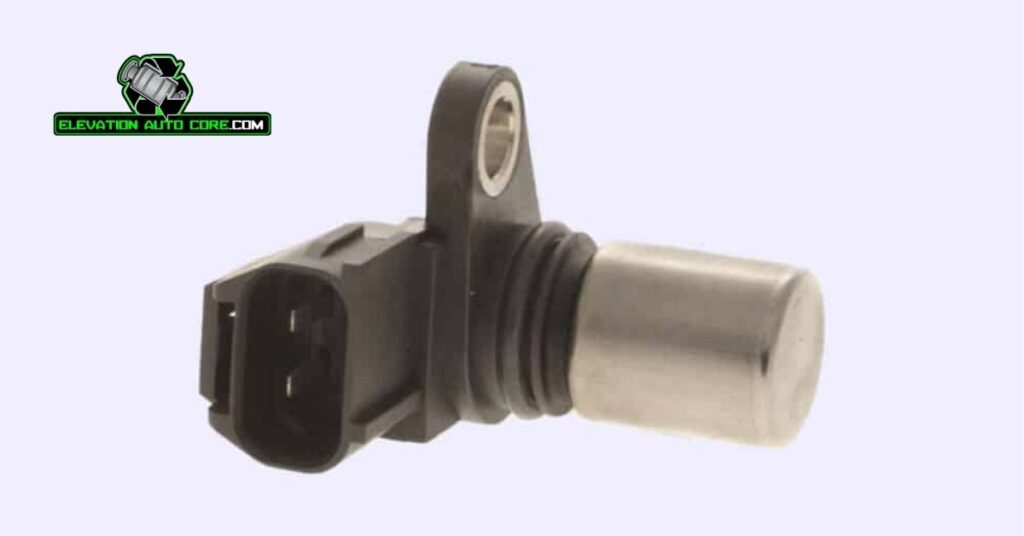
Replacing a camshaft position sensor involves costs that can vary based on the vehicle make, model, and repair method. Understanding the expenses helps you prepare for the repair process effectively.
Average Replacement Costs
On average, replacing a camshaft position sensor costs between $100 and $300. Parts alone range from $25 to $100, with labor charges adding $75 to $200 depending on the complexity of the job. High-performance or luxury vehicles might incur higher costs.
Factors Affecting The Price
Vehicle type influences the final cost; for instance, parts for foreign or high-end models often cost more. Labor rates vary based on location and shop type, with dealerships typically charging more than independent mechanics. Accessibility of the sensor impacts labor time, as hard-to-reach locations can increase charges. Warranty coverage might reduce replacement expenses, depending on your plan.
DIY Vs Professional Repair Costs
DIY repairs lower costs to just the price of the part, typically $25 to $100. Accessing repair guides and tools ensures success but requires basic mechanical skills. Professional repairs, though more expensive, provide reliable results and save time, with labor and expertise justifying higher charges.
Steps For Replacing A Camshaft Position Sensor
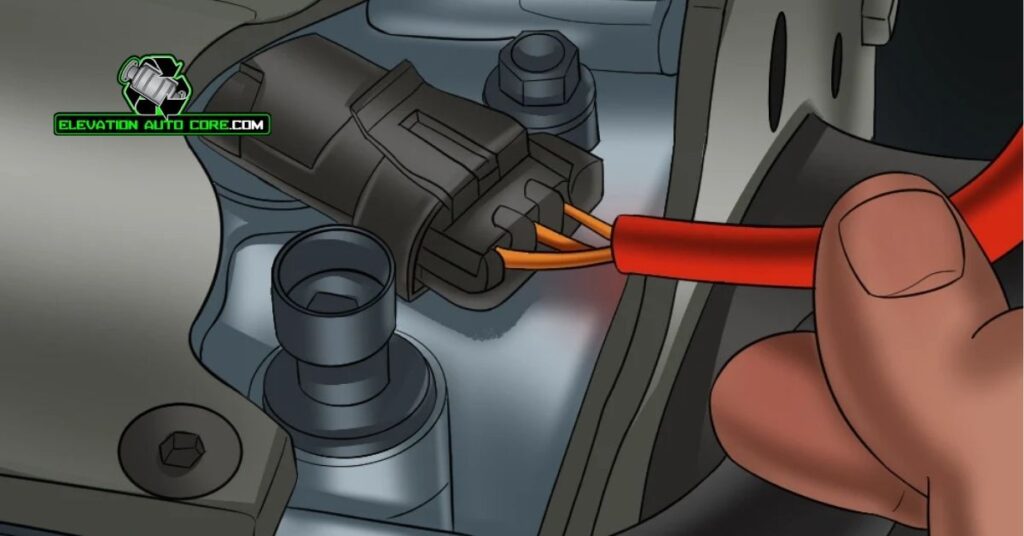
Replacing a camshaft position sensor ensures your vehicle operates efficiently and avoids unnecessary engine problems. Follow these steps to complete the process safely and correctly.
Tools Required
Gather all necessary tools before beginning the replacement. Use a socket wrench set to remove bolts securing the sensor. Have a multimeter ready to test the sensor if needed. Acquire a flathead screwdriver for prying connectors or clips loose. Ensure you have safety gloves to protect your hands during repairs.
Basic Replacement Procedure
Begin by disconnecting the negative battery cable to avoid accidental electrical issues. Locate the camshaft position sensor, typically found near the camshaft or the engine’s cylinder head. Once identified, detach any electrical connectors attached to the sensor. Remove screws or bolts holding it in place using the appropriate tool.
Carefully extract the faulty sensor, avoiding damage to surrounding components. Install the new camshaft position sensor into the designated position and secure it with screws or bolts. Reconnect the electrical connectors, ensuring a tight fit for proper functionality.
Reconnect the vehicle’s battery cable and start the engine to confirm the replacement was successful. If the check engine light remains illuminated, use an OBD-II scanner to clear the fault code. Check for smooth engine operations to ensure the sensor relays accurate data.
Tips To Save Money On Replacement
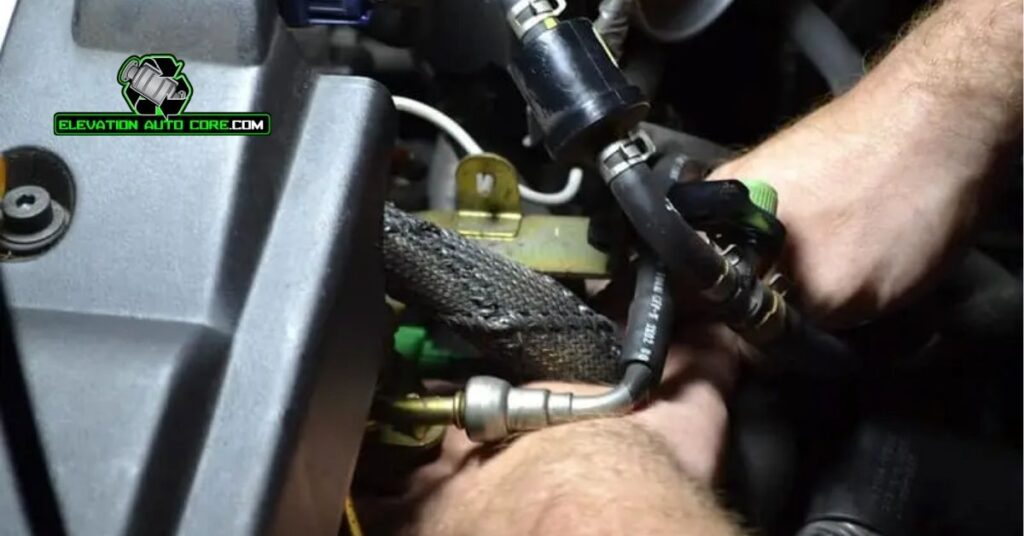
Minimizing costs for a camshaft position sensor replacement requires smart choices. Focus on sourcing affordable parts and selecting a reliable mechanic to keep expenses manageable.
Finding Affordable Parts
Look for parts at trusted online marketplaces or local auto parts stores. Online retailers often provide competitive pricing and frequent discounts, helping you save. Check for options like aftermarket sensors that meet original equipment manufacturer (OEM) standards. Verify compatibility with your vehicle’s make and model to avoid extra purchases. Search local junkyards for gently used camshaft position sensors if you’re comfortable using pre-owned parts. Always confirm the sensor’s condition and seek a short-term warranty.
Choosing The Right Mechanic
Ask for quotes from multiple repair shops before making a decision. Independent mechanics typically have lower labor rates than dealerships, which could save you up to $50 or more per hour. Research their reviews and experience working on your vehicle’s model to ensure quality service. Inquire about warranties on labor and parts to prevent spending more on repeat repairs. Opt for a shop offering free diagnostic checks if the sensor’s issue remains uncertain.
Conclusion
Replacing a camshaft position sensor is an essential investment in maintaining your vehicle’s performance and efficiency. By understanding the costs and factors involved, you can make informed decisions that fit your budget and avoid unnecessary expenses. Whether you choose a DIY approach or professional repair, ensuring the job is done correctly will help prevent further engine issues and keep your car running smoothly. Taking the time to compare prices, source quality parts, and select a reliable mechanic can save you money while ensuring long-term reliability.

